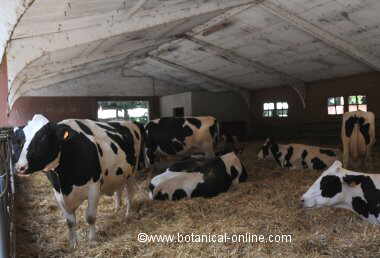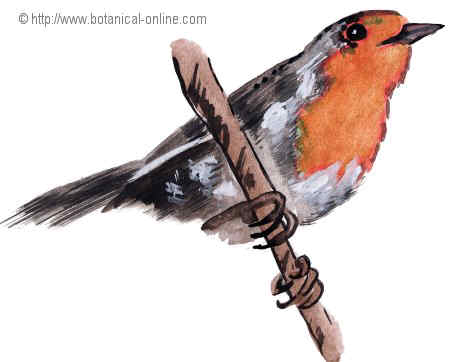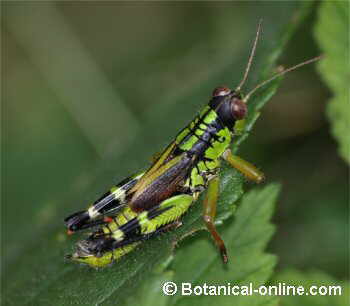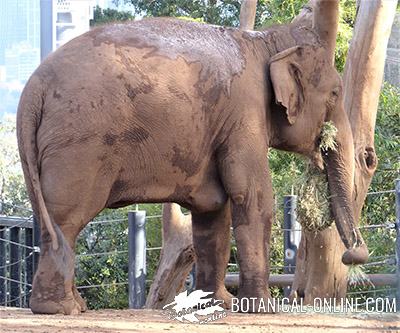Contents
Do animals have emotions?
VEGETARIANISM AND THE FEELINGS OF ANIMALS
The feelings of animals
The vegetarian philosophy believes that livestock production implies torturing animals. It believes that one should not engage in or cause any unnecessary suffering to any animal.
There are laws against murder among people, even punishable by death. But for non-human animals, however, we act differently, especially against those having profitable skins or meat, or those that are often used as “guinea pigs” in laboratory tests. Sometimes, these animals seem to have no right to life and they are just considered one more product of or for human consumption.
Some people think that animals have no thoughts or they lack intelligence. Besides, they add animals also speak or act differently to people. Because of these reasons, according to these people, animals should be put at a lower rank, which usually means their loss of rights
One should take into account an aspect that is sometimes forgotten: although animals are not human, they have feelings, (they feel pain, both mentally and physically). They also feel joy (as when a dog comes back to his/her owner), sadness (to be left alone), nerves (at slaughter),… In short, they cling to life like people. |
Livestock and farm animals

Many people become vegetarian because they respect the animals. They can not conceive animals living locked up, jut waiting to be sacrificed or exploited by Man.
Living conditions:
In the case of animals intended for farming or living on farms for the production of various foods, these animals are not free, since they are confined in cages or spaces too small to have any mobility.
Some of do not even feel the air or see the sun at any time during their short lives. Others are subjected to endless cycles of alternating light and dark periods at a frequency greater than that assumed on a normal day. This method, for example, serves hens to increase the production of egg-laying. They believe that it is day-time and begin laying eggs.
Food:
They are forcibly fed (they are not permitted to sleep so as to to eat more and gain weight faster). Others are hungry. Some of the feed they receive is made from animal waste, whose value is much lower than the more traditional feeding way. This is intended to lower costs and increase profits.
Transport and slaughter:
They are transported under very stressful and even harmful procedures, without any food or drinking water for long periods of time. Then, they are finally slaughtered by methods that involve a “reasonably acceptable level of pain”, to be considered that there is no cruelty inflicted on the animal.
What is meant by a reasonably acceptable level of pain?
A clear example of “reasonably acceptable level of pain” lies in the methodology used to slaughter pigs. First, they are subjected to high stress (though not intentionally intended), that they will suffer in transport crates or trucks until reaching the slaughterhouse.
Then, when they arrive there, so that the meat obtained is in the right conditions for the consumer, they have to be bled immediately, so they are beheaded. But, not before being provided with a load of electric current, high enough to stun or numb them not to feel anything afterwards.
* More about vegetarianism:
– The evolution of vegetarianism to the present
– The economy and the profitability of a vegetarian lifestyle
![]() More information on vegetarianism.
More information on vegetarianism.








